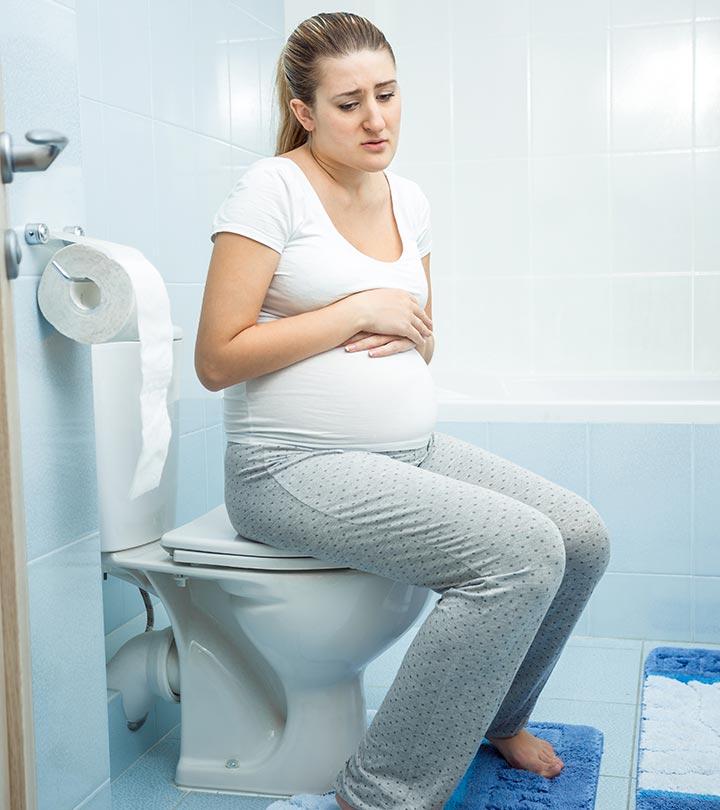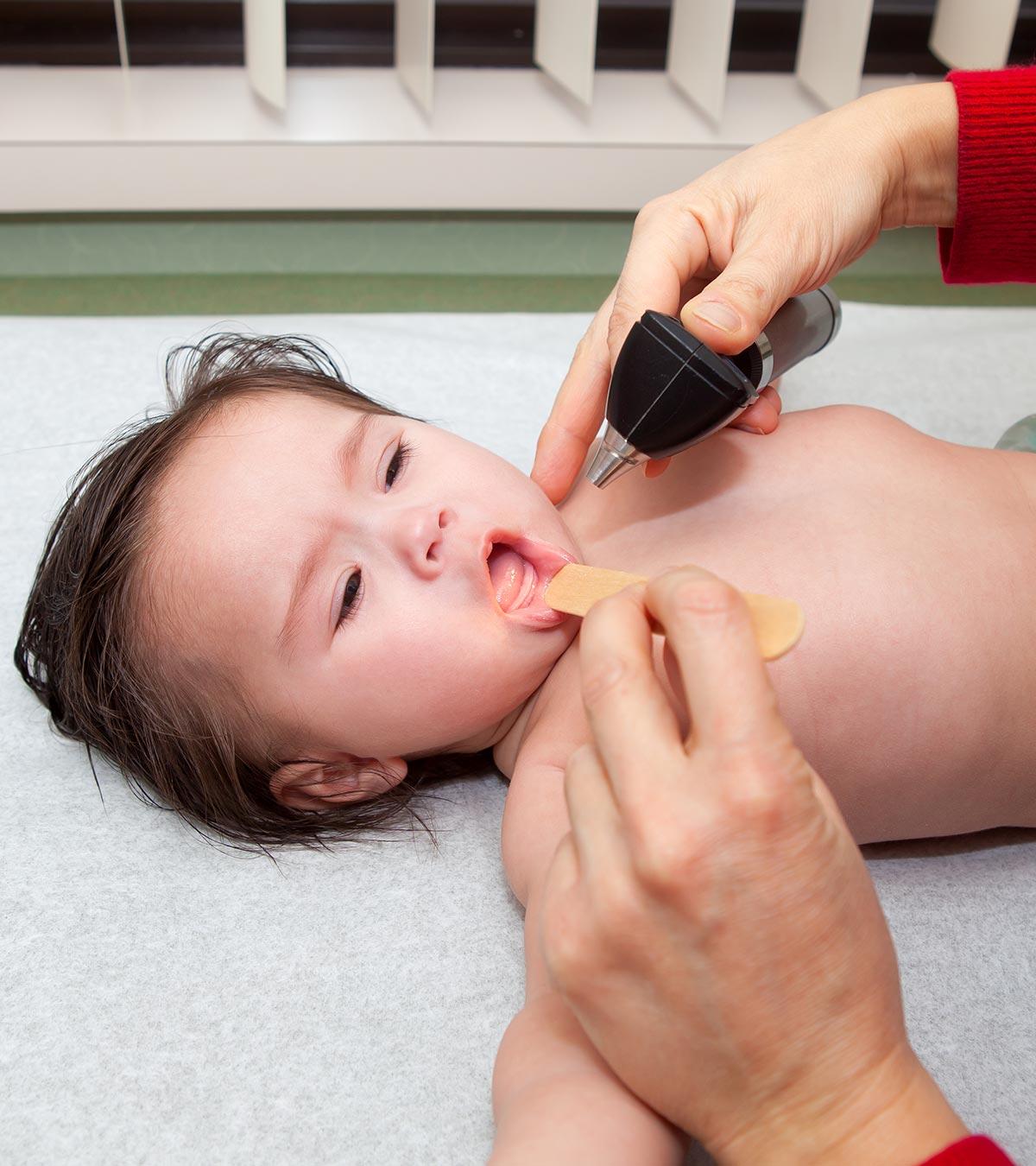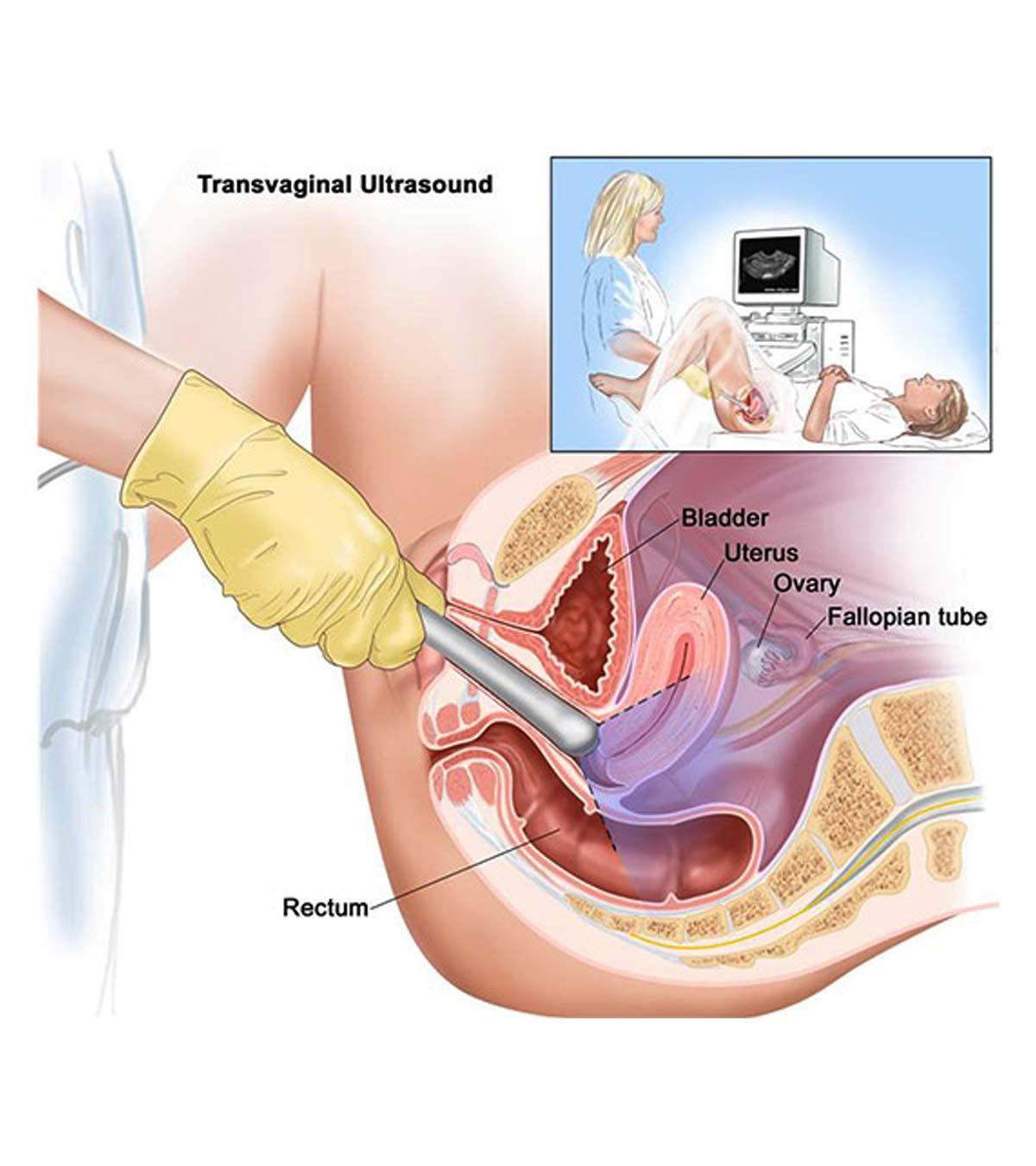
A baby’s toenails require extra care, and you need to ensure that they are hygienic for newborn health. Sometimes, your baby’s toenails may need special attention, especially when they have ingrown toenails. A baby’s ingrown toenails, a condition called onychocryptosis (1), can cause the baby pain and discomfort, and hence, it’s a good idea to learn how to prevent it.
There are quite a few differences between your nails and your baby’s nails, and to understand why your child has ingrown toenails, you need to understand what these differences are.
A baby’s toenails are soft and pliable and don’t grow as far as their fingernails. Hence, they need not be trimmed as often or as short as one’s fingernails. In fact, you should let your baby’s toenails grow naturally for a few months before you decide to trim them.
Read on as we tell you more about ingrown toenails in babies.
- The fingernails grow faster than the toenails in babies.
- Baby toenails are usually pliable and soft.
- Toenails need not be trimmed as short as those on the fingers.
- A newborn’s fingernails could be cut immediately if needed, but not their toenails. Allow them to grow naturally enough for a few months before giving them a trim.
- As the baby grows, the toenails will turn more defined and harder.
Key Pointers
- Ingrown toenails form when the nail grows into the skin on the side or end of the toe.
- Symptoms of ingrown toenails include pain, tenderness, swelling, and redness.
- The condition can be caused by tight-fitting socks, improper nail trimming, stress on the toe, tight-fitting shoes, and infection.
- To manage ingrown toenails in babies, wash their feet in warm soapy water and apply warm, wet compresses.
- Before using antibiotic creams for babies, it’s important to check with a doctor.
What Is Ingrown Toenail?
An ingrown toenail is a nail growing or pressing into the skin. Even though the outer edge of the big toe is usually affected, the problem can be seen in the other toes or on any extremes of the toenail (2).
The condition usually develops when the corners of the toenail dig into the skin at the side or end of the toe. Very long nails or ones that tend to curve in are more susceptible to growing into the toe.
Toenails in babies may sometimes look like ingrown as they are soft. However, it should not be a concern until the surrounding skin turns red, hard, or causes inflammation. The condition is usually not a concern in babies, but it is good to know the symptoms of it for timely treatment.
Symptoms Of Ingrown Toenail
Look for the following symptoms in case you suspect an ingrown toenail (3).
- An early sign of the ingrown toenail is redness, swelling, or skin irritation at the nail’s edge. In babies, the toe may become tender and may even turn painful. The pain may be evident when the toe gets rubbed by a shoe or a tight sock causing toe infection. Your baby may cry or pull at her foot or toe. Babies who can walk may even show a limp.
According to Katherine O’Connor, a pediatrician at The Children’s Hospital at Montefiore in New York City, “The area at the edge of the nail starts to get raised. It usually starts out flesh-colored but can gradually get red and painful.”
- If you find a blister containing yellowish or whitish fluid surrounded by swollen and red skin that is painful, then it is an ingrown toenail infection. Some discharge may be seen if the blister bursts. The redness or swelling increases as the nail grows in. The baby may or may not develop a fever.
Once you identify the symptoms, the next important task is to work on the causes to determine the appropriate solution for them.
Causes Of Ingrown Toenail In Babies
Some of the major causes include (4):
- Cutting the nails wrong: Nail trimming done too short into the skin and deep tends to grow inward. Cutting nails in a curved shape rather than straight across could increase the chances of developing an ingrown toenail.
- Tight socks and shoes: The most common cause of ingrown toenails is a baby wearing tight-fitting or very short socks or shoes. These tend to force the toenail and toe into each other.

- Injury: If a baby can lose a nail or part of it due to an injury, the new nail may grow into the skin.
- Stress on toe: Repeated stubbing of the toe may lead to an ingrown toenail.
- Infection: An infection too may cause a toenail to grow into the skin. Fungal nail infections in children may lead to the development of widened or thickened toenails.

How To Treat Ingrown Toenails In Babies At Home?
- A simple home remedy may help you treat an ingrown toenail. Here are the instructions (5):
- Soak your baby’s foot in warm soapy water for nearly ten minutes, twice or thrice each day to maintain infant hygiene.

- Dry and apply over-the-counter antibiotic cream or ointment on the affected area for foot care. But do check with the doctor before using medicated creams for toenail care.
- Gently try filing the nail away from the skin.
- If possible, use your fingernail to slightly lift the baby’s nail and insert a sterile gauze or cotton.
- Replace the cotton many times each day. You may try this while your baby sleeps.
- Another remedy is to apply a wet, warm compress on the affected area to help the skin loosen and ease the discomfort. You may consider giving a recommended dosage of acetaminophen, an over-the-counter pain reliever, to your baby for pain management. However, it is advisable to visit your doctor before considering any medical treatment for your baby.
*Caution: Never give aspirin to your baby as it can trigger Reyer’s syndrome (6).
- Make your baby wear loose-fitting sandals or shoes until the toe heals. It is even better to leave them bare feet at home (7). These methods could improve the condition within a few days.
 Did you know?
Did you know?When To See A Doctor?
Even after home treatment for a week, if your baby’s ingrown toenail does not improve, it is time to visit a doctor. You may have to visit the doctor even before, if the skin appears too red or looks infected, or even if there is a discharge.
The doctor may suggest an oral or topical antibiotic in case of an infection. If the nail is really offending, the doctor may cut a part of the nail or remove the nail away from the skin. You could also be referred to a doctor or department specialized in children’s feet (pediatric podiatry) in case of a severe problem (8).
 Caution
CautionHow To Prevent Ingrown Toenails?
By taking a few simple baby grooming measures, ingrown toenails could be prevented to a great extent in babies (9) (10).
- Use nail clippers and not scissors to cut baby nails straight across (and not in a round shape).

- Ensure to cut the toenails before they grow too long, to avoid chipping or breaking suddenly.
- A long nail may break if it gets stuck in the socks, and the remaining nail may start growing into the skin.
- Do not cut the nail too short. Leave a little white line showing at the nail’s end.
- If possible, file the edges to make sure they are not sharp.

- Let the newborn’s toenails grow for a while before cutting them.
- Cutting the baby’s toenails while the baby is asleep may make your job easier.
- Check your baby’s shoe size regularly as the feet tend to grow faster.
- Avoid tight shoes or socks.
- It is not advisable to cut your baby’s nails with your mouth as the bacteria in your mouth may get transferred to the nails. It may also lead to chipping, causing infection eventually.
- Upgrade slippers as you keep a watch on your baby’s growth. Ensure to leave some slack in the slippers, at the ends of their toes.
Frequently Asked Questions
1. What are pseudo-ingrown toenails of the newborn?
Ingrown toenails at birth have been recorded in nearly 2% of newborn babies, probably because the growing nail plate is too short. It is occasionally painful and appears within a year or so (3).
2. Are there any tests for an ingrown toenail?
No specific tests are needed to detect the condition. Ingrown toenails are diagnosed based on appearance itself.
3. Is there a chance that an ingrown toenail in babies could recur?
Ingrown toenails can recur in babies. The risk is especially high if the baby is exposed to the same factors that caused its onset (13).
4. Is surgery necessary to treat an ingrown toenail in babies?
Ingrown toenail in babies is uncommon but can cause pain and discomfort. Babies may get an ingrown toenail if their nails are cut too short, a part of the nail is lost due to injury, or nail infection. In most cases, an ingrown toenail is nothing to be worried about, but it may cause redness, swelling, or fluid-filled blisters. You can easily prevent this condition by not cutting the nail too short, giving babies the right shoes, and filing the edges of their toenails. You may treat the toe at home with a pedicure for babies by soaking your baby’s foot in warm water, applying antibiotic ointment, or filing the nail away from the skin. If the treatment does not help, contact a doctor.
Infographic: Other Nail Disorders In Babies
A baby’s toenails grow slower than fingernails. Besides ingrown nails, some physiological or pathological conditions may change the appearance of your infant’s nails. Check out the infographic below to know the conditions that may cause concern. Illustration: Momjunction Design Team
If you have a child with an ingrown nail, then watch this video to learn how to care for your little one!
References
1. A New Onychocryptosis Classification and Treatment Plan; Research Gate
2. What To Do About Your Child’s Ingrown Toenail; University of Utah
3. Ingrown toenail; DermNet, New Zealand
4. Toenail – Ingrown; Seattle Children’s
5. Ingrown toenail; Nicklaus Children’s Hospital
6. Reye’s Syndrome; National Reye’s Syndrome Foundation
7. Ingrown toenail; About Kids Health
8. Ingrown toenail; Medline Plus; U.S National Library of Medicine
9. How to Prevent and Treat Ingrown Toenails; Cleveland Clinic
10. Preventing ingrown toenails; Harvard Medical School
11. Paronychia; Kids Health
12. Ingrown toenail; Kids Health13. The effect of phenol on ingrown toenail excision in children; Academia
Community Experiences
Join the conversation and become a part of our nurturing community! Share your stories, experiences, and insights to connect with fellow parents.
Read full bio of Dr. Mukul Kumar Mangla
Read full bio of Swati Patwal
Read full bio of Rohit Garoo
Read full bio of Ghazia Shah



















